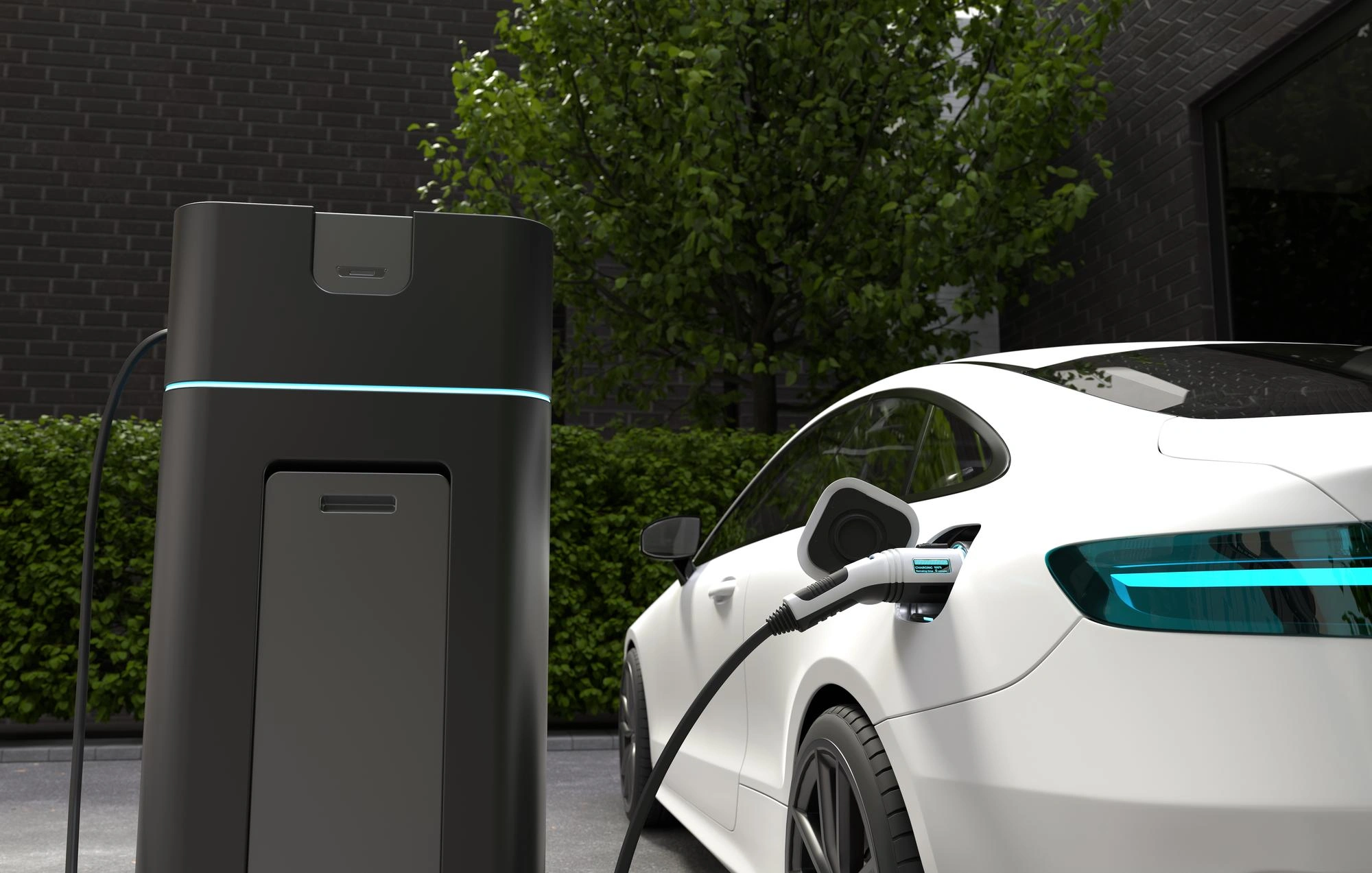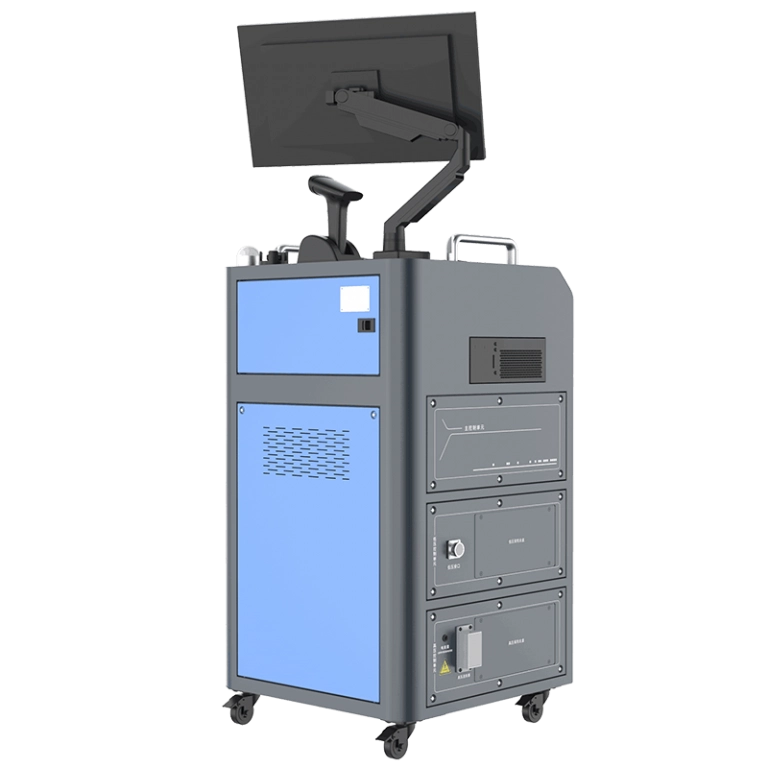
With the widespread adoption of electric vehicles (EVs), the demand for maintaining power batteries, their core component, is steadily increasing. Optimizing the maintenance environment not only enhances repair efficiency but also ensures safety and environmental sustainability. This article will focus on the keyword “electric vehicle power battery” to explore in detail how to optimize the maintenance environment.
Basic Environmental Requirements for Power Battery Maintenance Facilities
The environment of a power battery maintenance facility directly impacts repair quality and safety. Below are several key environmental requirements:
The Importance of Temperature and Humidity Control
Power batteries are highly sensitive to temperature and humidity. Excessive heat may trigger thermal runaway, while low temperatures can degrade battery performance. High humidity risks short circuits, and low humidity increases static electricity. Therefore, maintenance facilities should be equipped with temperature and humidity control systems, with recommended settings:
- Temperature Range: 15-25°C
- Relative Humidity: 40-60%
Using constant temperature and humidity equipment along with real-time monitoring systems ensures a stable environment, preventing damage to batteries during maintenance.
The Necessity of Fire and Explosion Prevention Measures
During power battery maintenance, short circuits or overheating could lead to fire or explosion risks. To mitigate these, facilities must implement the following measures:
- Firefighting Equipment: Fire extinguishers, fire hydrants, and automatic sprinkler systems.
- Monitoring Systems: Install smoke detectors and temperature sensors for real-time anomaly detection.
- Regular Drills: Conduct fire drills to enhance staff emergency response capabilities.
These measures effectively reduce safety hazards and ensure a controlled maintenance process.
Static Protection and Equipment Grounding Standards
Static electricity can cause irreversible damage to a battery’s internal circuits, making static protection essential:
- Anti-Static Measures: Use anti-static flooring and workbenches.
- Protective Gear: Maintenance personnel should wear anti-static clothing and gloves.
- Grounding: All equipment must be properly grounded to prevent static buildup.
These standards maximize protection for the battery’s electronic components.
Layout and Functional Zoning Design of Maintenance Facilities
A rational layout and functional zoning improve work efficiency and minimize safety risks.
Setup of Power Battery Disassembly and Testing Areas
The disassembly and testing area is the core of maintenance operations and should be equipped with specialized tools and equipment, such as:
- Disassembly Tools: Dedicated tools for battery disassembly.
- High-Precision Testers: Battery testers to measure voltage, internal resistance, and other parameters.
This area should be isolated from storage zones to avoid cross-contamination from dust or parts, while maintaining good ventilation.
Planning of Safe Storage Areas
Safe storage areas are designed to hold batteries awaiting or post-repair, requiring the following features:
- Fire and Explosion Prevention: Use firewalls and explosion-proof cabinets.
- Temperature and Humidity Monitoring: Install sensors to ensure compliance with storage conditions.
- Security Design: Equip with access control systems and surveillance cameras.
Scientifically planned storage areas extend battery lifespan and enhance safety.
Management of Cleaning and Pollutant Treatment Areas
Maintenance generates waste liquids and materials, necessitating a dedicated area for handling:
- Cleaning Equipment: Professional tools like vacuums and waste liquid collectors.
- Pollution Management: Establish classification and recycling processes to prevent environmental harm.
- Routine Cleaning: Regular upkeep to maintain a tidy workplace.
Standardized management enables eco-friendly operations.
Equipment and Technical Support in Maintenance Facilities
Advanced equipment and technology are critical to improving maintenance quality.
Configuration of Specialized Tools and Testing Equipment
Power battery maintenance demands precise, efficient tools, such as:
| Equipment Type | Function | Recommended Brand/Model |
| Battery Tester | Measures voltage, resistance, health status | EOS-TEST Battery Pack Service Terminal |
| BMS Testing Equipment | Evaluates battery management system performance | Customized Equipment |
| Insulation Tester | Ensures battery insulation | Megger MIT525 |
These tools enable technicians to quickly identify issues and perform repairs.

Application of Automation Technology in Maintenance
Automation technology is increasingly integrated into power battery maintenance, including:
- Robotic-Assisted Disassembly: Boosts efficiency and reduces manual risks.
- Automated Testing Systems: Uses AI algorithms to analyze battery conditions, improving diagnostic accuracy.
The Role of Environmental Protection and Sustainability in Facility Optimization
Environmental protection and sustainability are vital considerations for modern maintenance facilities.
Waste Battery Recycling and Processing Solutions
Improper handling of waste batteries can severely pollute the environment. Recycling solutions include:
- Recycling Process: Sorting, disassembly, and material extraction.
- Eco-Friendly Technology: Chemical extraction and physical separation achieve a 95% recovery rate.
- Compliance: Adheres to national environmental standards to prevent secondary pollution.
This approach reduces pollution while enabling resource reuse.
Exploring Methods to Reduce Environmental Pollution
Guheng Energy actively explores green maintenance methods, such as:
- Clean Energy Use: Powering facilities with solar energy.
- Process Optimization: Reducing waste generation during repairs.
- Digital Management: Promoting paperless operations to lower document usage.
These initiatives help maintenance facilities achieve sustainability goals.
Guheng Energy: A Reliable Expert in New Energy Service Technology
Guheng Energy is a technology service company specializing in the new energy sector, leveraging years of industry experience and technical expertise to excel in power battery maintenance.
Guheng Energy’s Technical Advantages in Power Battery Maintenance
Guheng Energy boasts a research team of industry experts focused on battery testing, repair, and recycling technologies. The company has developed several patented innovations, such as efficient battery management system optimization and battery health assessment models. Additionally, its advanced equipment meets complex maintenance needs, ensuring batteries are restored to optimal condition.
Frequently Asked Questions
What Are the Temperature and Humidity Control Standards for Power Battery Maintenance Facilities?
The standard for power battery maintenance facilities is a temperature range of 15-25°C and relative humidity of 40-60%. This is due to the sensitivity of battery chemicals: high temperatures risk thermal runaway, low temperatures affect electrolyte activity, high humidity may cause short circuits, and low humidity increases static risks. Facilities should use constant temperature and humidity systems with real-time sensor monitoring to maintain stability.
How Do Maintenance Facilities Ensure Fire and Explosion Safety?
To ensure fire and explosion safety, facilities must adopt multiple measures: equip with firefighting tools like extinguishers, hydrants, and sprinklers; install smoke detectors and temperature sensors for timely alerts; and implement static protection with anti-static flooring and grounded equipment to prevent sparks. Regular fire drills and staff training are also essential.
Conclusion
Optimizing the maintenance environment for electric vehicle power batteries is key to enhancing repair efficiency and safety. Through scientific temperature and humidity control, fire and explosion prevention, rational zoning, and advanced equipment support, facilities can meet growing demands. Guheng Energy contributes to efficient, safe, and eco-friendly maintenance with its expertise and comprehensive services, supporting the sustainable development of the EV industry.





